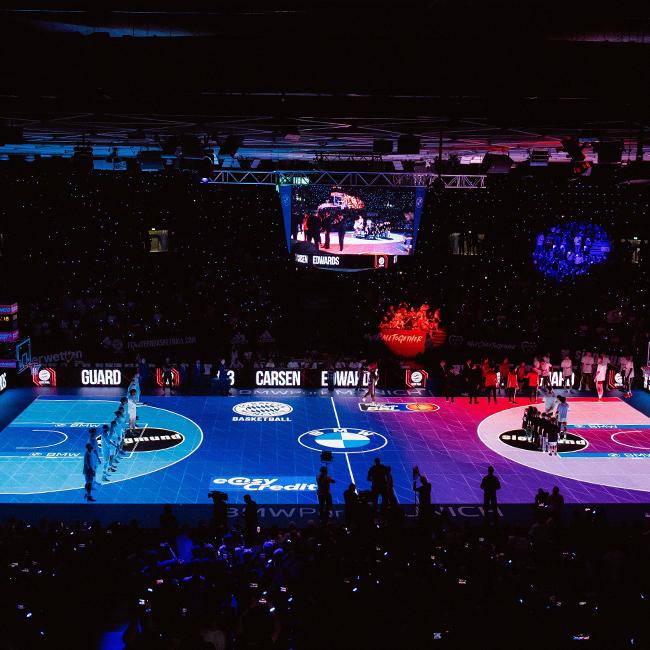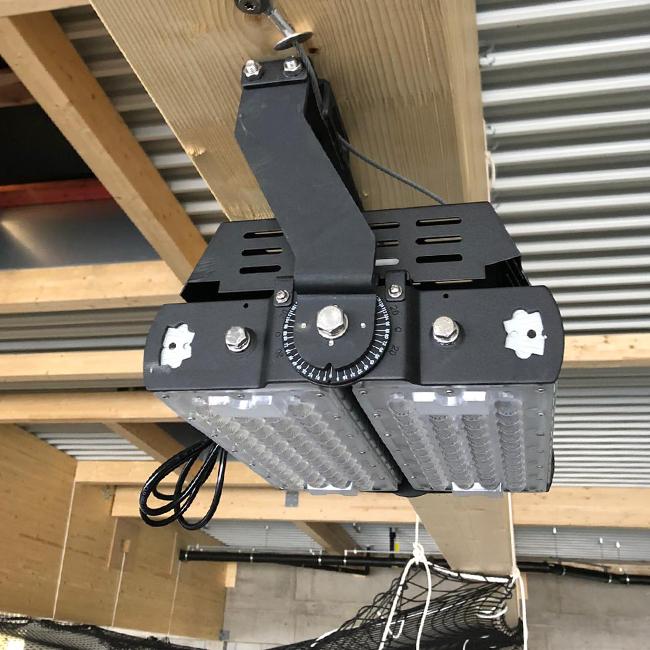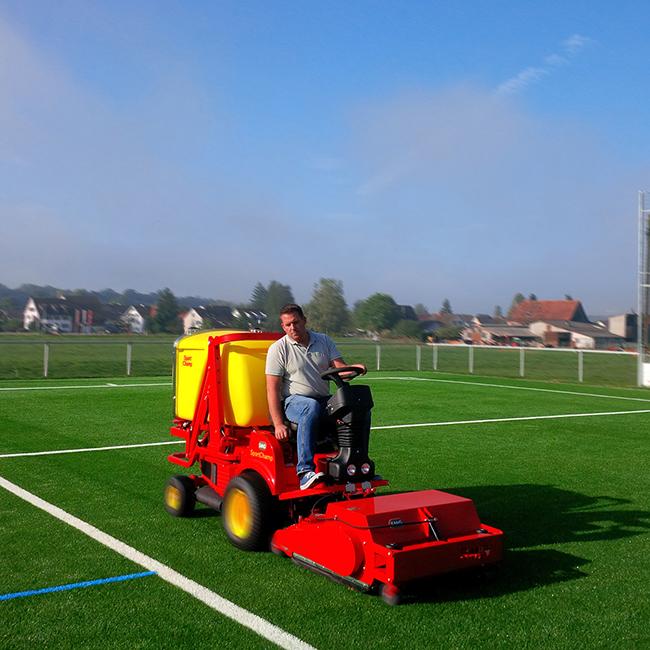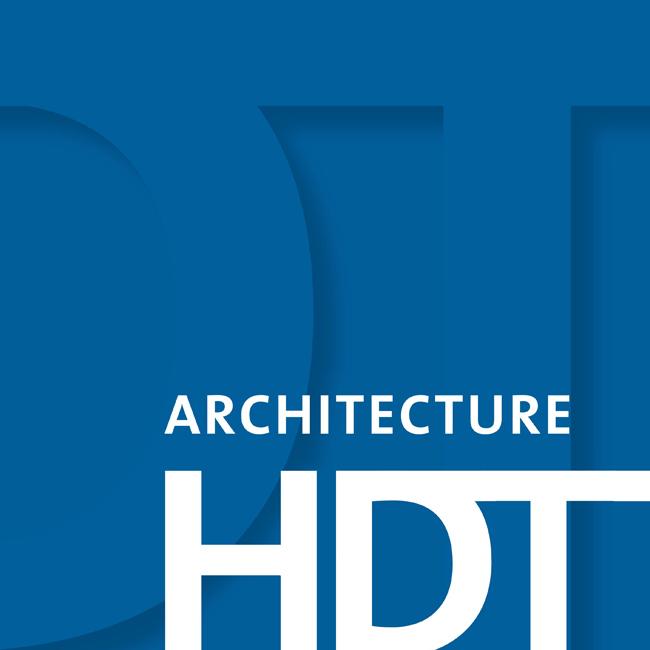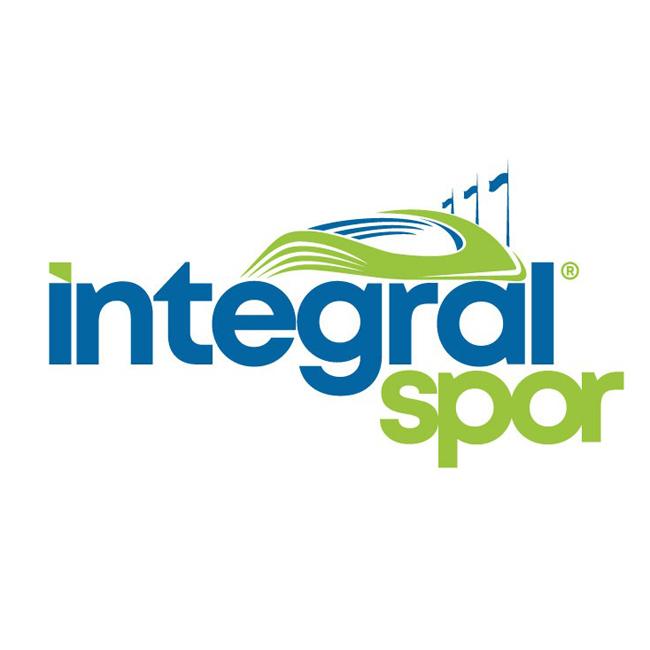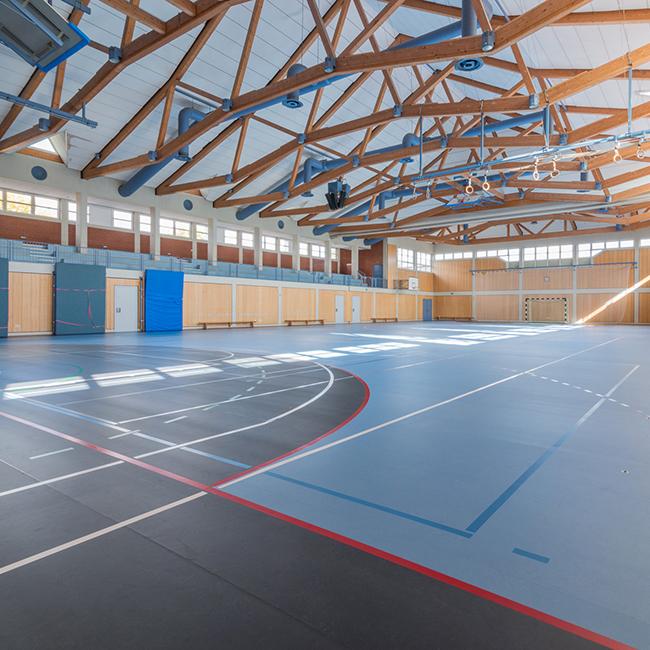Everything is set for the European Committee for Standardization (CEN) to, in 2022, adopt a standard that specifies minimum performance and durability requirements for shock pads and e-layers. Once adopted, EN 15330-4 will replace the various standards currently being followed and hand authorities a tool to build safer and more sustainable sports facilities, while saving money. According to Kai Wasmund, export manager of Schmitz Foam Products, a new episode for artificial turf surfaces will start.
EN 15330-4 is the result of a multi-year collaboration between the various international sports governing bodies, national European authorities and the artificial turf industry. The standard describes how the performance of a shock pad or elastic layer shall be measured, and the results classified in a common format. This is to enable developers or buyers of sports surfacing systems to select the most appropriate shock pad or elastic layer for their intended sports surface. Kai Wasmund, export manager of Schmitz Foam Products explains: “These days, the life-cycle analysis (LCA) or environmental footprint of the product is equally important in a society that is increasingly focused on sustainability and the environment. Furthermore, with most sports infrastructure being funded by public money, it is important that society gets the highest possible quality and performance for an affordable price.”
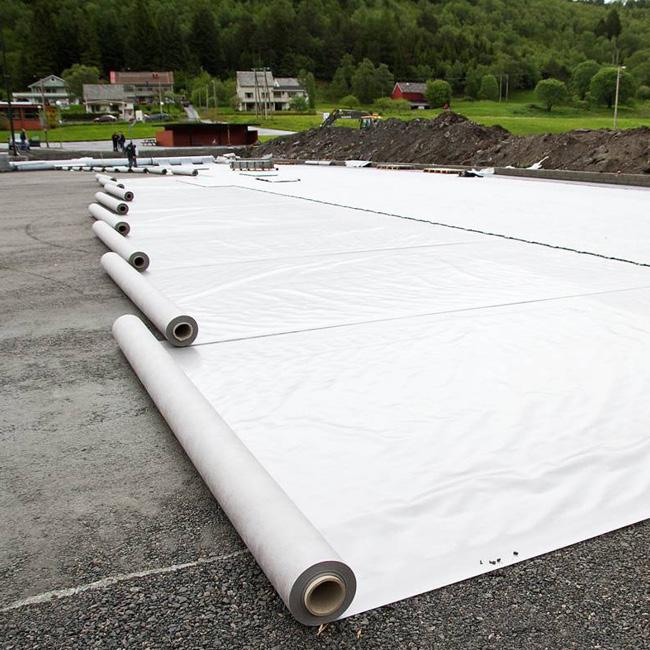
Photo: Schmitz Foam Products
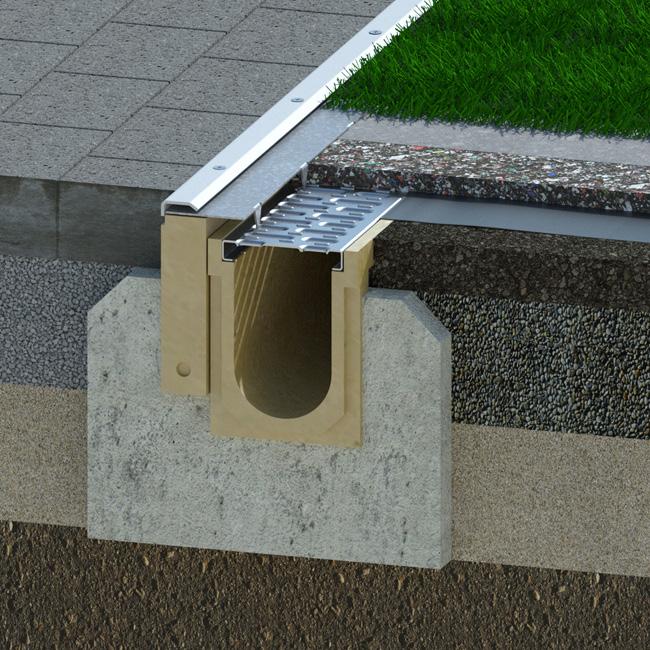
Graphic: Schmitz Foam Products
Building smart
Over the past decade, the Schmitz Foam Products ProPlay shock pad has been used in over 1,000 projects in Germany alone. “ProPlay doesn’t require extensive groundworks or disturbance of the existing surface for it to be installed. A flat and stable surface is all the interlocking panels need to deliver the performance layer for any artificial turf surface. This means that using ProPlay saves time and money and can be done without the need for specialists or heavy-duty equipment. Moreover, it facilitates a quick and affordable upgrade of existing sports surfaces or the installation of sports facilities at sites where the soil conditions are such that they should be left untouched,” Wasmund points out.
These advantages have already encouraged several German municipalities to upgrade the typical Asche-Plätze, sports fields with a surface of compacted fly-ash, to more appealing, safer and multi-purpose artificial turf fields. Most of these projects were delivered within weeks instead of months, and many of them were finished significantly cheaper than if they had gone for traditional construction methods.
“ProPlay can handle a water infiltration rate of 72,000 mm/hr, a volume that has been verified by laboratories and sports governing bodies like FIFA and World Rugby. Sites where the subbase is not to be changed or where it is too expensive to change can be covered by an impermeable foil before the ProPlay-Sport D-version is installed. The D stands for horizontal drainage, referring to the drainage channels cut out in the sheet. These channels offer excellent lateral drainage and do away with the need for a specifically prepared subbase, as they transfer all collected water to the perimeter of the field where it can be temporarily stored.”
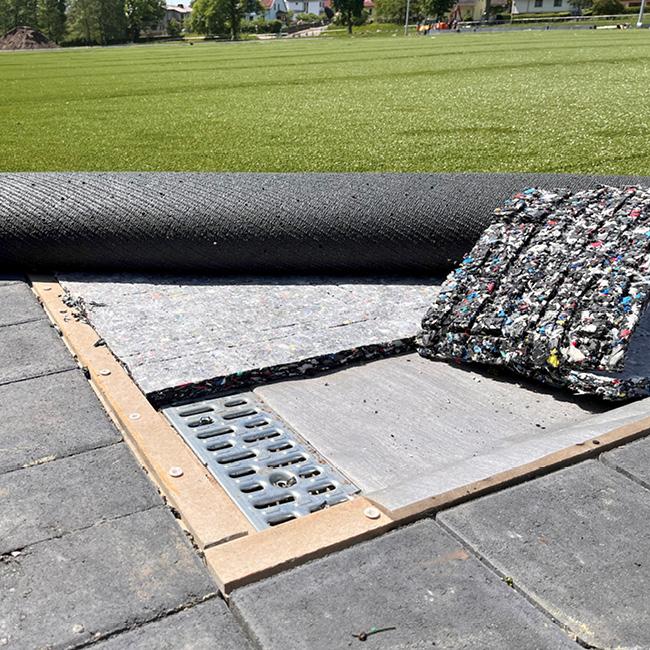
Photo: Schmitz Foam Products
Driving more sustainable facilities
Historically, rain falling on a sports surface was to be drained as quickly as possible. With climate change impacting rain patterns, architects increasingly recognise the contribution ProPlay-Sport D-version can make in facilitating water harvesting and the reuse of water elsewhere on the premises.
“Our shock pad with drainage channels is used in various projects to harvest and transfer water with the purpose of re-using it. Examples of re-using harvested water are the use for flushing toilets or to irrigate grass surfaces,” Wasmund remarks. “The approximately 7,500 m² flat surface the average artificial turf football field provides is perfect for harvesting water. Even if there is no use for the harvested water, temporarily storing the water onsite before releasing it in a controlled manner will greatly reduce the pressure on the sewage system in times of heavy rainfall.”
Using ProPlay-Sport D-version also reduces the likelihood of blocked drains and the need for regular inspections of the infrastructure that is used to remove water from the field. “Over time, these drains get blocked by dirt and sand particles that are washed down by water that is coming through the entire artificial turf system. This is impossible with ProPlay-Sport D-version, as these sheets are installed directly underneath the artificial turf surface.”
Made from production residues
Where engineers have started exploring the additional advantages ProPlay shock pads can bring to the artificial turf field and its surrounding infrastructure, the environmental contribution and sustainability of the shock pad is well documented. “ProPlay shock pads are made from residual cross-linked polyethylene foam. These foams were originally produced for a different purpose in industries like the engineering or automotive industries, but, for some reason, were never used. By converting them to ProPlay shock and drainage pads, Schmitz Foam Products prevents these materials going to waste or even being incinerated, which would add additional CO2 to the atmosphere. Re-using these foams makes our ProPlay shock pads truly sustainable products.” The foams are thermally bonded on a non-woven in a process that doesn’t use additives or other substances.
As the sheets retain their performance qualities and shape over the years, they are easy to retrieve and reuse. “ProPlay has been in use since the early 1990s. At many sites, the sheets are still being used, despite the top layer having been changed multiple times. We have realtime data to substantiate our claim that the performance is guaranteed for at least 25 years. Once the ProPlay is no longer of use for its intended purpose, it can be returned to Schmitz Foam Products, where it will be recycled.”
The adoption of EN 15330-4 will herald a new episode for artificial turf surfaces, Wasmund predicts. “Gone are the days when covering a surface with artificial turf was all that mattered. Artificial turf systems are engineered systems that allow for more than facilitating sports. All it needs is for architects and municipal officers in Germany to think out-of-the-box and consider additional advantages, which are already applied and approved in other countries in the world. Even when your key aim is to facilitate a sports field, you still have an obligation to consider aspects like the environmental impact and investment cost. EN 15330-4 describes how the performance of a shock pad or elastic layer shall be measured, and the results are to be classified in a common format. Architects, club management and municipal officers should use that baseline to identify components and products that facilitate the development of more inclusive and sustainable sports facilities.”
